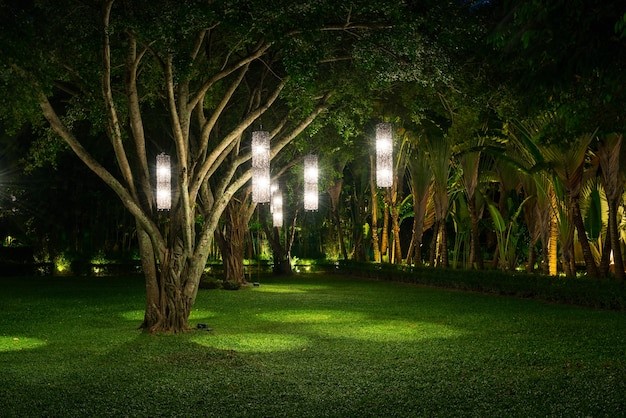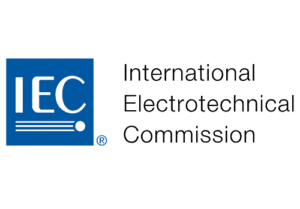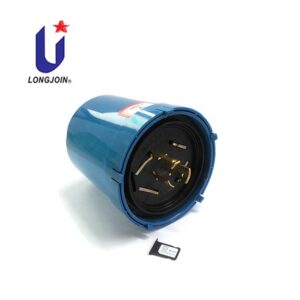How Long Does It Take a Photocell to Turn On: Exploring the Illuminating Journey of Photocells
Introduction
Outdoor lighting has become an integral part of modern living, providing safety, security, and aesthetic appeal to our homes and public spaces. One key component that enhances the efficiency of outdoor lighting systems is the photocell, a light-sensitive device that automatically controls the activation and deactivation of lights based on ambient light levels. In this exploration, we delve into the fascinating world of photocells, focusing on the time it takes for these devices to initiate the illumination of outdoor lights. Besides, we will see how these factors can impact your choice of a particular type of photocell keeping in view your particular requirements.
Understanding Photocells:

Before diving deep into the time it takes for a photocell to turn on outdoor lights and the reasons behind it, it’s essential to understand the fundamental workings of a photocell. Also known as a photoresistor or light-dependent resistor (LDR), a photocell is a semiconductor device that changes its resistance based on the intensity of incident light. When exposed to darkness or low light conditions, the resistance of the photocell decreases, allowing the light fixture to be turned on. In contrast, in the presence of light, the resistance increases, limiting the flow of current.
Role of Photocells in Outdoor Lighting:
Photocells play a crucial role in outdoor lighting systems by providing an automated mechanism for turning lights on and off. This not only enhances energy efficiency but also ensures that lights are only active when needed, contributing to environmental conservation. Commonly found in streetlights, garden lights, and security lighting, photocells enable these fixtures to seamlessly adapt to changing ambient light conditions.
Factors Influencing Photocell Activation Time:
The time it takes for a photocell to activate outdoor lights is influenced by various factors, each playing a role in the device’s responsiveness and reliability.
Sensitivity Settings:
The external environment, including weather conditions and surrounding obstructions, can affect the photocell’s response time. For instance, heavy rain, snow, or the presence of nearby structures casting shadows may delay the activation of outdoor lights.
Quality of Photocell:
The quality of the photocell itself can significantly impact its performance. Higher-quality photocells like those sold by LONG-JOIN are designed to respond quickly and reliably to changes in light, ensuring a swift activation of outdoor lights.
Environmental Conditions
The external environment, including weather conditions and surrounding obstructions, can affect the photocell’s response time. For instance, heavy rain, snow, or the presence of nearby structures casting shadows may delay the activation of outdoor lights.
Time of the Day:
The time of day can impact the activation time of photocells. For example, at dusk or dawn, when light levels are transitioning between day and night, the photocell may take a little longer to stabilize and trigger the lights. Make sure you go for a photocell which provides stable, flicker-free light especially when it starts getting dark and the sensitivity level is set in a way that the sensor knows when exactly is it dark enough to turn the lights on.
Real-world Examples:
In practice, the time it takes for a photocell to turn on outdoor lights can vary. In most cases, modern photocells are designed to respond within a few seconds to changes in ambient light. However, this response time can be influenced by the factors mentioned above.
Consider a residential garden with pathway lights equipped with photocells. As the sun sets, the photocells detect the diminishing ambient light, and within a matter of seconds, the garden lights illuminate, creating a warm and inviting atmosphere. The sensitivity settings of the photocells ensure that even subtle changes in light trigger a prompt response.

On the other hand, in a commercial setting with streetlights controlled by photocells, the activation time may be slightly longer. This is because streetlights are often designed to account for broader environmental factors and may have slightly lower sensitivity settings to avoid unnecessary flickering or activation during brief periods of darkness.

Conclusion:
The journey of a photocell turning on outdoor lights is a fascinating interplay of technology, design, and environmental factors. As we continue to advance in lighting technology, the responsiveness of photocells is likely to improve, offering even quicker and more reliable activation times. Understanding the intricacies of photocell activation not only enhances our appreciation for the seamless operation of outdoor lighting systems but also empowers us to make informed decisions when selecting, installing, and maintaining these devices. In the ever-evolving world of outdoor lighting, the photocell stands as a silent guardian, ensuring that illumination is not just a matter of brightness but a harmonious dance with the natural rhythms of light and darkness.
References
https://en.wikipedia.org/wiki/Semiconductor#:~:text=A%20semiconductor%20is%20a%20material,behave%20in%20the%20opposite%20way.





